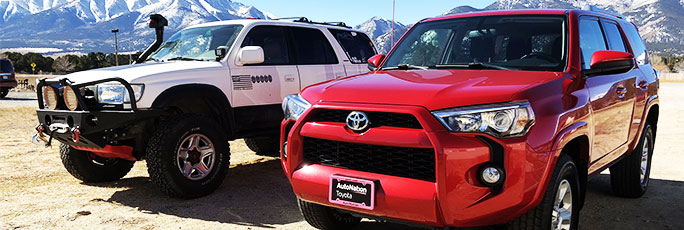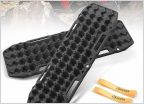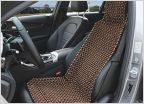-
Welcome to 4Runners.com!
You are currently viewing as a guest! To get full-access, you need to register for a FREE account.
As a registered member, you’ll be able to:- Participate in all 4Runner discussion topics
- Transfer over your build thread from a different forum to this one
- Communicate privately with other 4Runner owners from around the world
- Post your own photos in our Members Gallery
- Access all special features of the site
Adding a rear fog lamp; adding a relay holder
Discussion in '5th Gen 4Runners (2010-2024)' started by vthoky, Oct 22, 2024.
Page 2 of 2
Page 2 of 2


 Viking Garage Premiers new Storage Cover Mod
Viking Garage Premiers new Storage Cover Mod Rear hitch mount -- bad idea?
Rear hitch mount -- bad idea? Wireless Car Play
Wireless Car Play Underbody treatment - WA.
Underbody treatment - WA. Seat cooler? Leather Tech
Seat cooler? Leather Tech Pistol Mounts
Pistol Mounts




